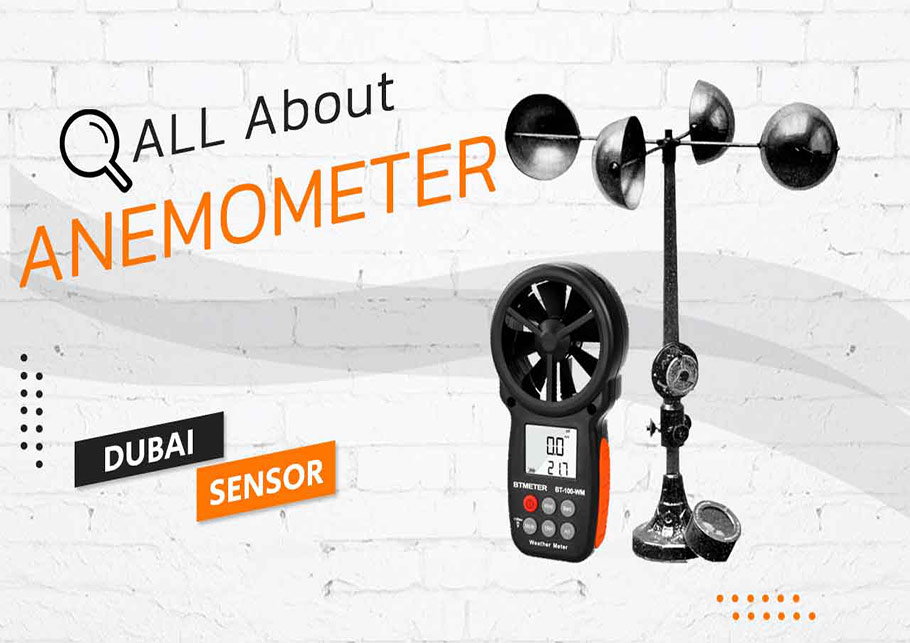Anemometers Introduced: Recognizing Their Value in Ecological Surveillance and Precaution
The duty of anemometers in ecological tracking and security steps is typically undervalued, yet their relevance is indisputable. These instruments have a long background rooted in clinical query and technological advancements, evolving to come to be necessary tools in various areas. From weather forecasting to air travel safety, anemometers play an essential role in giving precise data that educates decision-making procedures and enhances total security. Comprehending the ins and outs of anemometers reveals a world of essential understandings that are fundamental to our understanding of the setting and the procedures we take to make certain security.
Background of Anemometers
The development of anemometers can be mapped back to the ancient human beings where simple wind gauging devices were initial utilized. These early wind dimension tools laid the foundation for the growth of more advanced anemometers with time. One of the earliest recognized anemometers was the hemispherical mug anemometer invented by Leon Battista Alberti in the 15th century. This style was composed of four hemispherical cups that gathered wind power, offering a dimension of its strength based on the speed of rotation.
Over the years, innovations in technology led to the advancement of more modern anemometers, consisting of ultrasonic anemometers and laser Doppler anemometers, providing enhanced precision and efficiency in gauging wind rate and direction. The history of anemometers showcases a remarkable trip of advancement and development in the field of weather forecasting.
Sorts Of Anemometers
Throughout the area of weather forecasting, different kinds of anemometers have been established to properly measure wind rate and instructions. Sonic anemometers use ultrasonic signals to determine wind rate and direction precisely. Hot-wire anemometers run based on the principle that the cooling impact of wind on a warmed wire is proportional to the wind rate.
Applications in Weather Forecasting
Having actually discussed the different sorts of anemometers made use of in weather forecasting for measuring wind speed and direction, it is important to discover their sensible applications in the area. Anemometers play an important function in meteorology by supplying exact and real-time information on wind problems (anemometer). Meteorologists make use of anemometers to check wind rate and instructions to anticipate climate patterns, concern cautions for serious weather condition events like typhoons, storms, and tornadoes, and evaluate weather for aeronautics safety and security
In weather forecasting, anemometers assist in comprehending local and regional wind patterns, which are important for predicting climate modifications and identifying weather trends. These gadgets are also made use of in study to study microclimates, urban warmth islands, and air pollution dispersion. In addition, anemometers are utilized in agriculture to maximize crop management techniques, such as irrigation and chemical application, based on wind conditions.
Relevance in Aeronautics Security
An essential facet of making sure aviation safety and security depends on the thorough tracking of wind problems using anemometers. Anemometers play a crucial duty in aviation by supplying real-time data on wind rate and instructions, helping pilots in making educated decisions throughout flight, touchdown, and take-off. Strong and uncertain winds can significantly affect airplane operations, making it vital for aeronautics authorities to depend on precise wind dimensions to guarantee the security of guests and crew.

In the vibrant setting of air travel, where also minor modifications in wind rate and direction can have extensive effects, anemometers stand as indispensable devices for advertising risk-free and secure flight.
Role in Environmental Research Study
Just how do anemometers contribute to innovations in environmental YOURURL.com research study? Anemometers play a critical role in ecological study by providing necessary data on wind rate and instructions. This details is important for comprehending numerous climatic processes, such as air pollution dispersion, weather condition patterns, and environment change. By accurately determining wind attributes, anemometers aid scientists analyze the movement of pollutants in the air, examine the impact of industrial emissions, and anticipate the spread of pollutants in the setting.


Final Thought
Finally, anemometers have played a vital function in environmental tracking and safety steps. With a rich background and numerous kinds offered, these gadgets have been widely used in weather forecasting, aeronautics security, and environmental research. Understanding the value of anemometers is crucial for properly determining wind speed and direction, which is essential for forecasting weather condition patterns, making sure safe aeronautics procedures, and carrying out environmental researches - anemometer. Their contributions to these fields can not be taken too lightly.
One of the earliest well-known anemometers was the you could look here hemispherical cup anemometer designed by Leon Battista Alberti in the 15th century. Over the years, developments in modern technology led to the advancement of even more modern anemometers, consisting of ultrasonic anemometers and laser Doppler anemometers, offering boosted accuracy and efficiency in determining wind rate and direction. Hot-wire anemometers operate based on the principle that the cooling result of wind on a warmed cable is proportional to the wind speed. Meteorologists make use of anemometers to keep track of wind rate and direction to forecast climate patterns, issue warnings for serious weather occasions like hurricanes, storms, and twisters, and evaluate climatic problems for aeronautics safety and security.
Understanding the importance of anemometers is essential for accurately measuring wind speed and direction, which is important for anticipating weather condition patterns, making certain secure aviation operations, and conducting environmental studies. (anemometer)